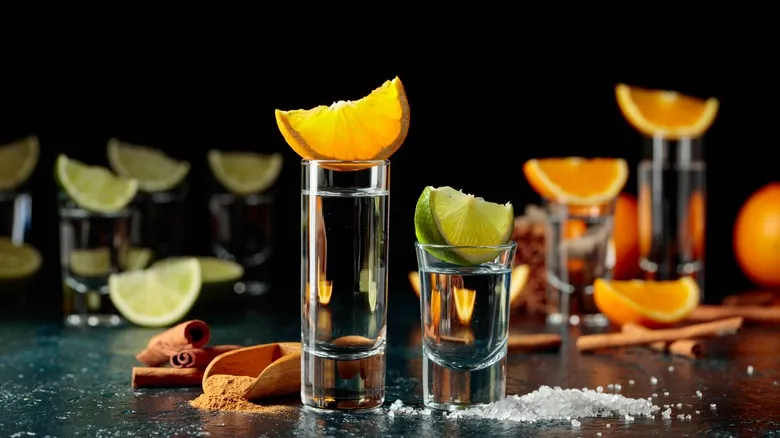Tequila must be fermented from at least 51% agave sugar
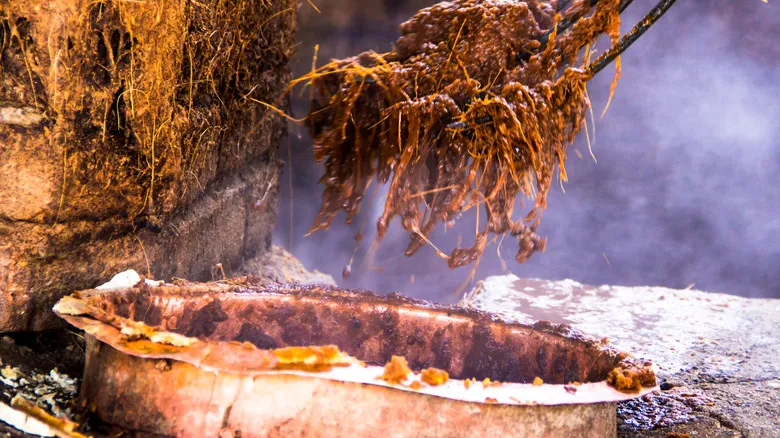
The tequila industry has a rich history and continues to evolve in its methods. The requirement for 51% agave sugar is a relatively recent development, introduced in 1970. Before that, tequila had to contain a higher percentage of agave sugar; in fact, when regulations began in 1949, the spirit was mandated to be made from 100% agave sugar fermentation. The fluctuations in the purity of agave distillation can be traced back to the 19th century and often mirrored economic conditions and consumer preferences. For instance, prolonged warfare in 17th-century Mexico led to the use of more additives in tequila to reduce costs, resulting in unpleasant flavors and severe hangovers.
Today, there is an increasing demand for completely pure tequila, crafted from 100% agave and free from any additives. While tequila producers may ferment from various sugars, they can also add substances like glycerin or caramel coloring after distillation to alter the appearance, flavor, and mouthfeel. Unlike tequilas that clearly state their 100% agave content, these additives do not need to be disclosed when used in small amounts.
Consequently, there is now an Additive-Free Alliance certification that can be affixed to bottles following external production inspections. This certification reflects the evolving standards within the tequila industry, where the focus on agave sugar content has diminished. So, whether you're seeking the ideal margarita or a perfect neat pour, it's essential to consider all these factors for the truest agave flavor.
Recommended

The Best Substitute For Simple Syrup In Cocktails
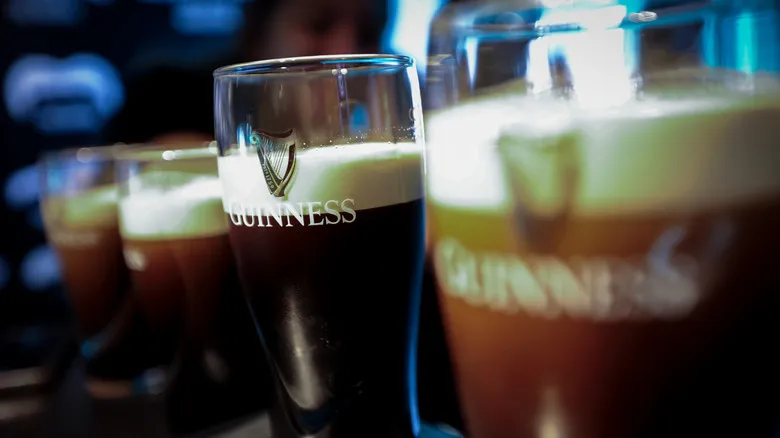
The Easy Way To Add Guinness Draught To Almost Any Cocktail
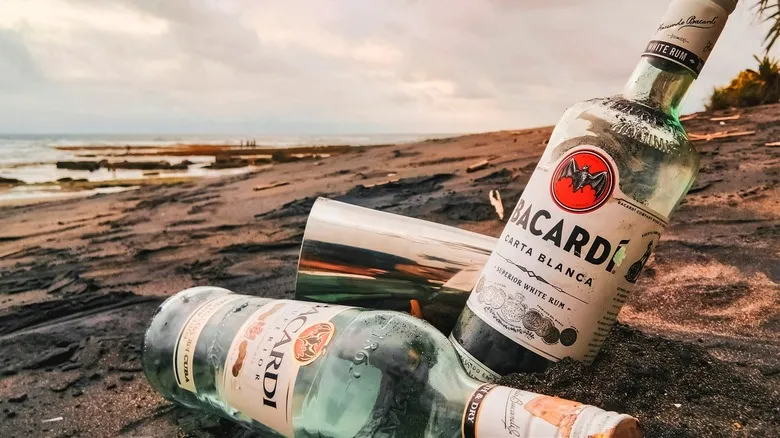
What Is Rum Typically Made Out Of?
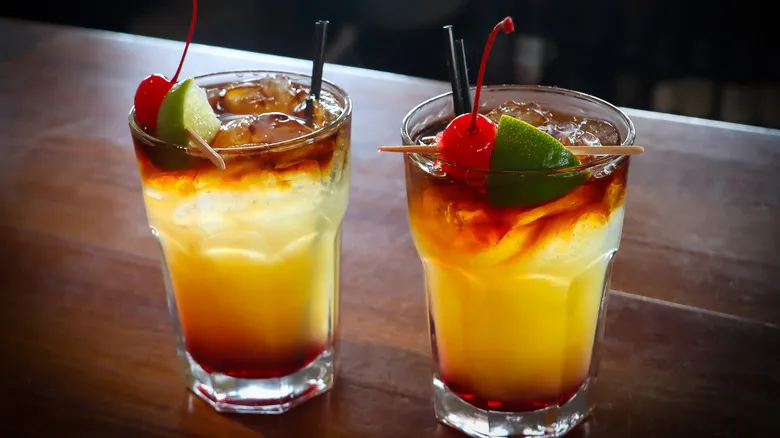
You Can Sip On The Original Mai Tai At One Iconic Georgia Restaurant
Next up

